Joshitai’s Last Stand: The Female Samurai Who Fought to the Bitter End
The year was 1868, and the winds of change were blowing through Japan. For over two and a half centuries, the country had been ruled by the Tokugawa shogunate, which had enforced an era of isolationism and peace. But now, forces were converging that would bring that era to an end.
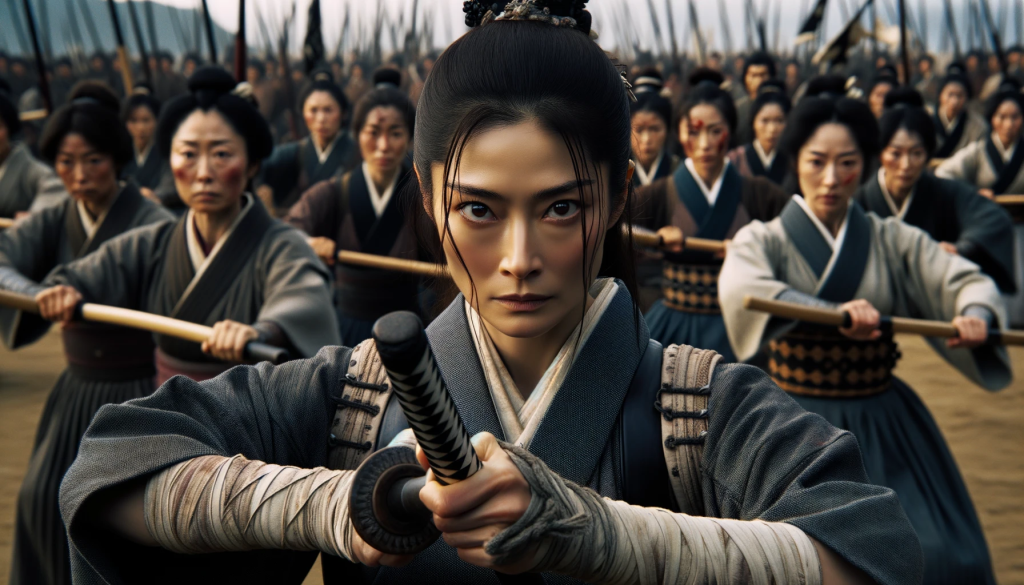
The Rise of the Joshitai
One such force gathered on the grounds of Aizuwakamatsu Castle, ancestral home of the Matsudaira clan. They were the Joshitai, an elite corps of twenty-odd female warriors ready to fight for their cause. Their opponent was the mighty Imperial Army, over ten-thousand strong, intent on toppling the shogunate and restoring power to the Emperor in Kyoto.
A Unique Breed of Samurai
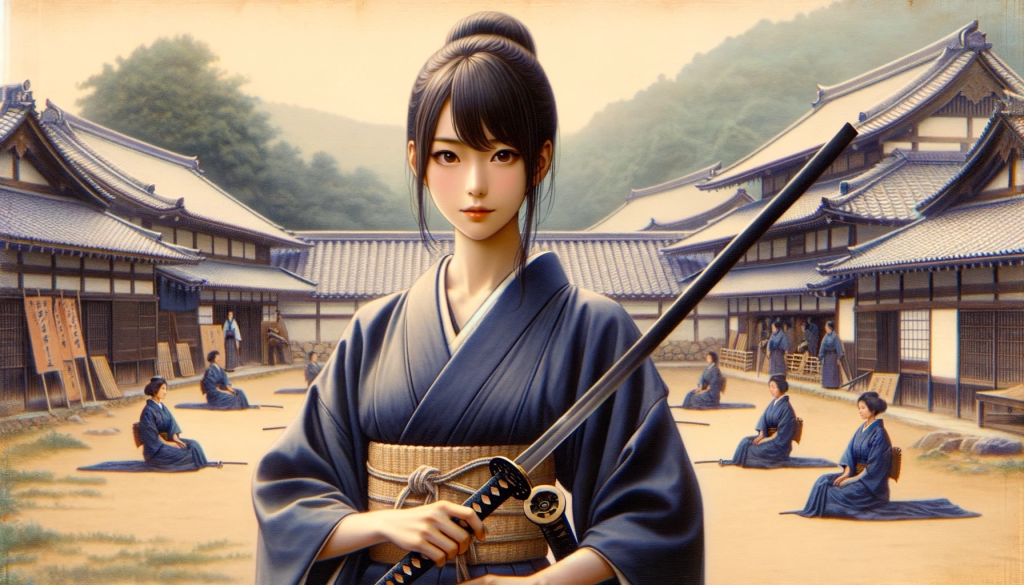
The Joshitai were samurai, albeit of a unique kind. Unlike male samurai, the skills of sword fighting, horsemanship and marksmanship were not assumed for women from childhood. The Joshitai were from the families of senior Aizu retainers, and took up arms voluntarily when their domain was threatened. Their leader was a skilled swordswoman named Nakano Takeko, who had trained relentlessly for this moment.
The Armor and Weapons of Female Warriors
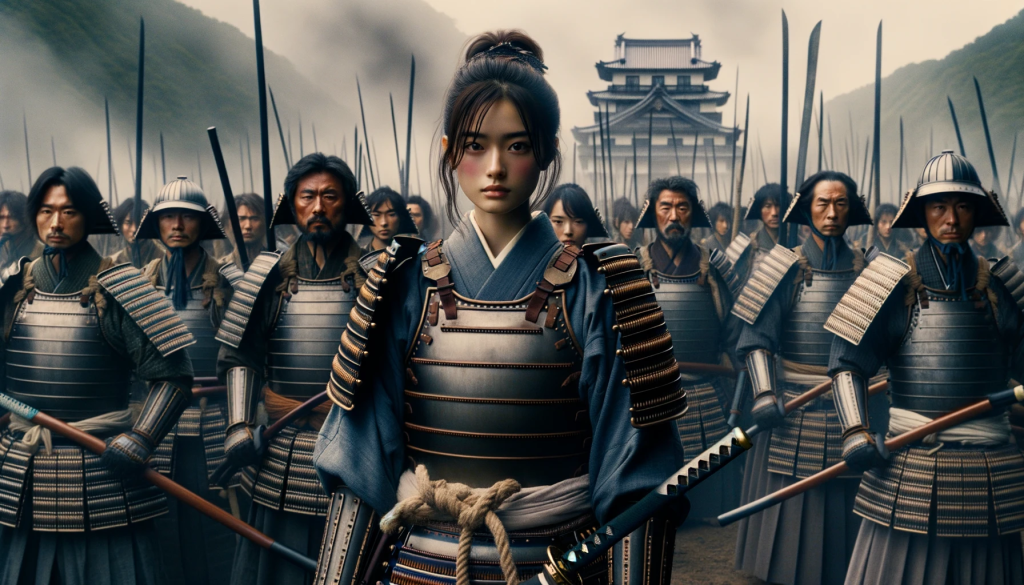
Now they stood in proud defiance, clad in armor breastplates over their kimonos, holding their weapons of swords, spears and naginata. As the Imperial forces surrounded Aizuwakamatsu, the Joshitai knew this battle could be their last. But they evinced no fear, for the samurai code demanded they face death with honor when it came.
The Battle Cry
Takeko addressed her women, reminding them of their pledge to fight for Aizu until the bitter end. Their domain lord was counting on them. “Be resolved that though a woman, you will slay the enemy!” she declared. With loud battle cries, the Joshitai were ready.
The Siege Begins
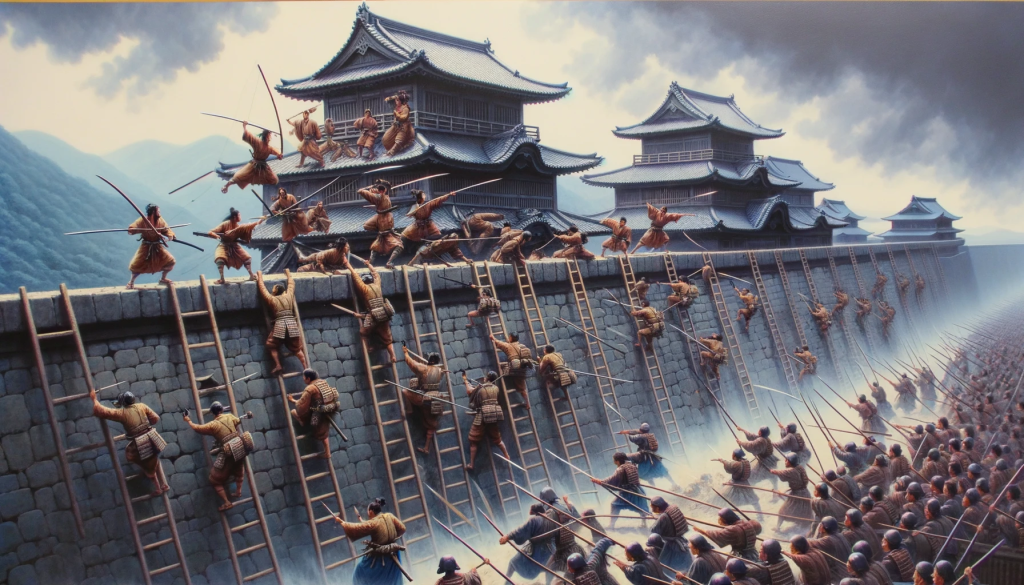
Soon the Imperials charged, attempting to scale the castle walls with ladders. The Joshitai rained arrows on the attackers, but were soon forced into close quarters combat. Wielding their naginata expertly, they slashed and stabbed at the invaders, driving them back. But the women were soon bleeding from wounds of their own.
The Toll of Battle
Their armor offered less protection than the male samurai’s, and the fighting grew desperate. Soldiers who made it up the walls soon clashed in sword duels with Takeko and her warriors. Steel rang on steel as they fought fiercely, until corpses piled up before the walls.
The Fading Light
By late afternoon the attackers had been repelled, at heavy cost. Half the Joshitai were dead or wounded. But there was no respite, as Imperial forces kept up the pressure with wave after wave. Aizu’s defenses were faltering.
The Final Stand
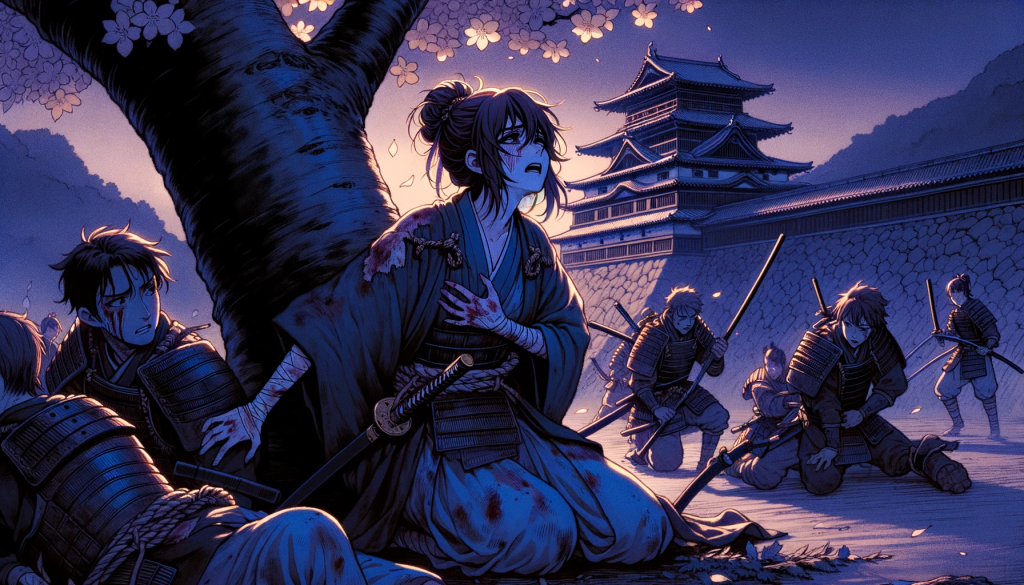
Takeko too was wounded in the fighting, taking a bullet to the chest that punctured a lung. She urged her remaining warriors to keep pressing on, even as she coughed up blood. They made a stand at the castle gates, Naginata slicing relentlessly at the enemy. But their weapons soon chipped and broke under the strain.
The Last Moments
The light began to fade as day turned into night. Backed up against the castle keep, the last of the Joshitai faced the final Imperial assault. Takeko was now too weak to stand, but propped herself against a cherry tree, still shouting encouragement.
The End of a Heroic Tale
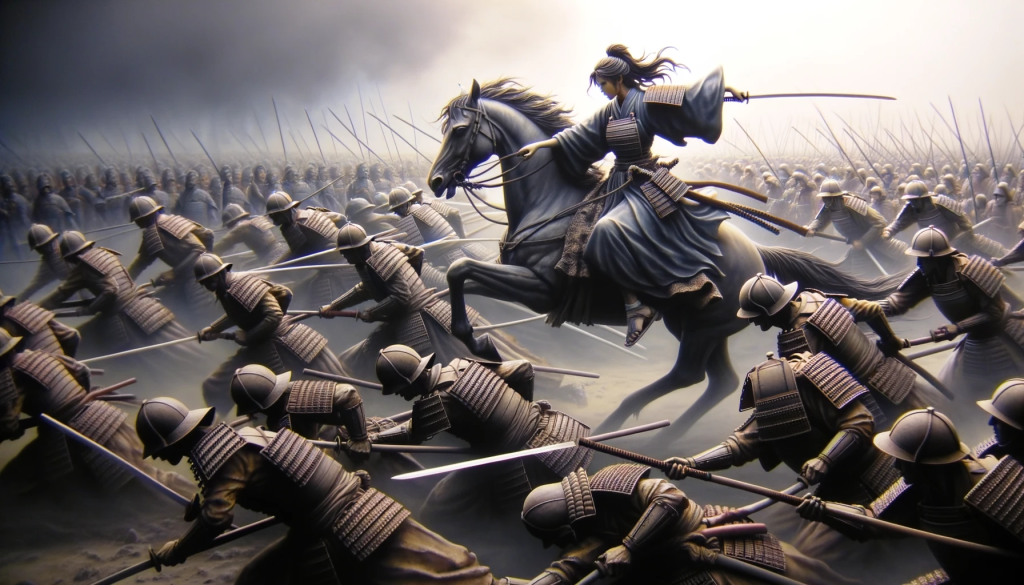
In the end Takeko was the last left. With failing strength she made one final charge, plunging into the sea of Imperial troops. The legend says she took down seven before being struck fatally from behind. But she died standing, true to the samurai code.
The Aftermath and Legacy
By morning, the Siege of Aizu was over. The walls were strewn with the dead and dying. The twenty brave women of the Joshitai lay among hundreds of their male counterparts. Their homemade banners torn and stained with blood.
The Echoes of Courage
Word of the Joshitai’s actions spread quickly in the aftermath. They were revered by allies and foes alike for their martial skills and ferocity in combat. While historical records are scarce, their memory still resonates in Japan today.
The End of an Era
As the Tokugawa era ended, so did many of the old feudal ways. Samurai as a social class were abolished, and the role of women evolved. But the Joshitai stand testament to when women warriors fought with the courage and tenacity of any samurai. Their names may be largely forgotten, but their actions echo still.
The Lasting Inspiration
So ends the tale of the female samurai of Aizu, who defended their domain and way of life against the forces of change, for honor and duty. Their steadfast courage and sacrifice in the face of death remain an inspiration to this day.